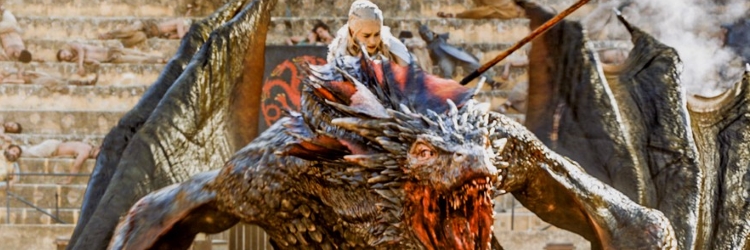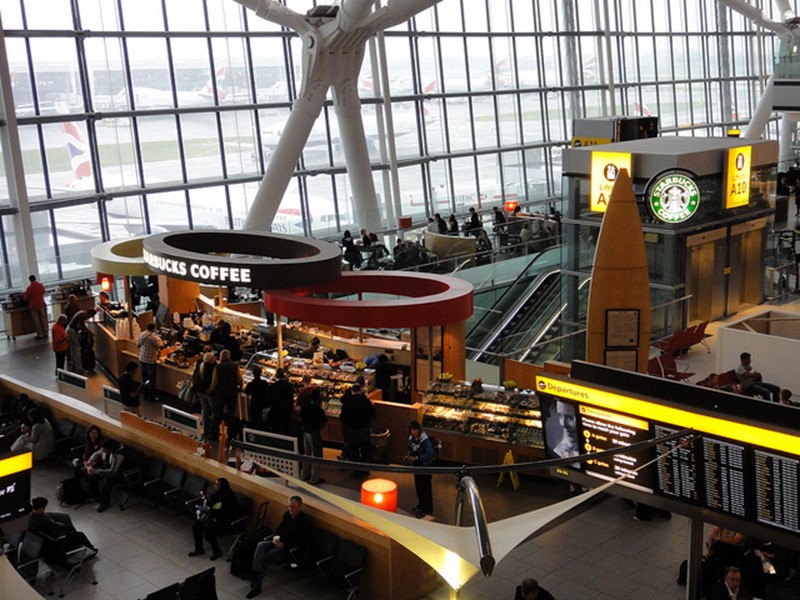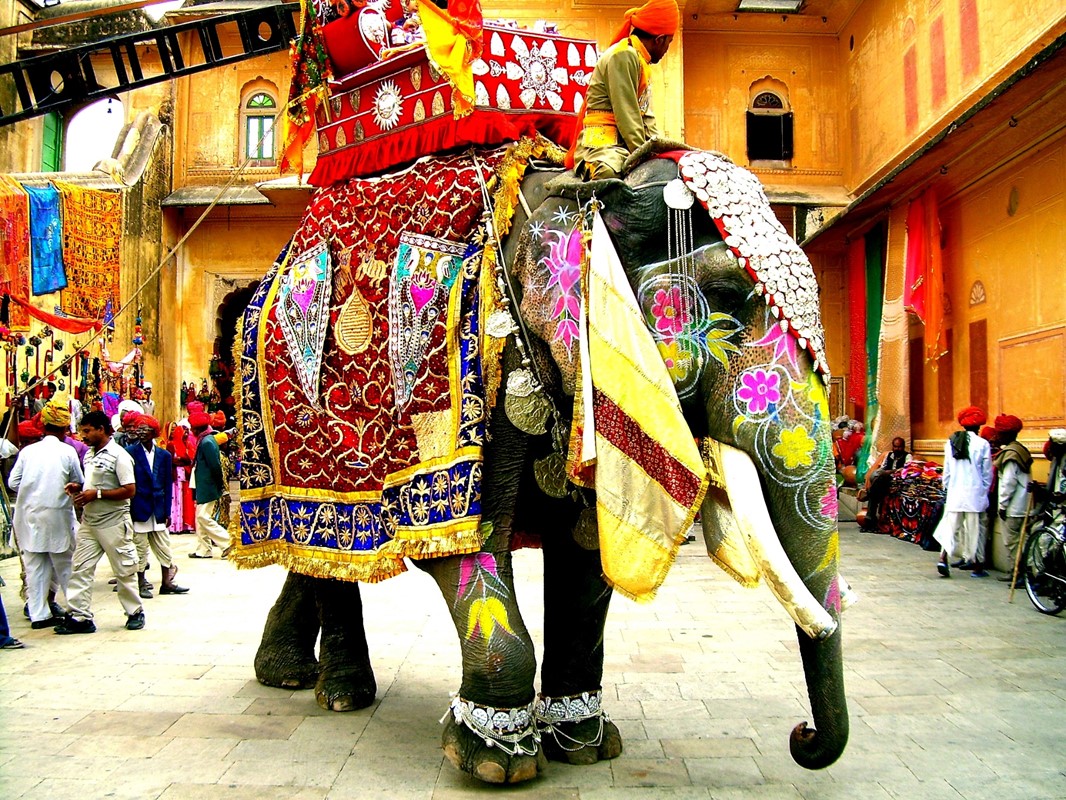The Economics Of The Mile High Club
August 20, 2013 in Daily Bulletin

Alex Mayyasi wrote a piece on “Cincinnati’s most outrageous airline” – highlights include:
- For $425 Flamingo Air takes couples up in the air for an hour to join the mile high club.
- Other airlines have tried to run on the same concept but have failed. The key to Flamingo Air’s success is that it markets romance not sex.
- Perhaps as a result of this, essentially all the flights have been booked by women not men.
- The age also covers a wide range – couples between 35 and 85 have enjoyed the service.
- Marriages have taken place on the plane (they weren’t consummated – the priest was onboard) as well as 60th anniversaries (they were).
- The flight has been successful despite living on the edge of the Bible Belt – the conservative part of America, in Ohio.
Find out what happens to demand during Valentine’s Day, what you get with the ticket price, and what the pilot is up to during all of this over here.
Source: Priceonomics
Via: Marginal Revolution

















Join the Discussion! (No Signup Required)